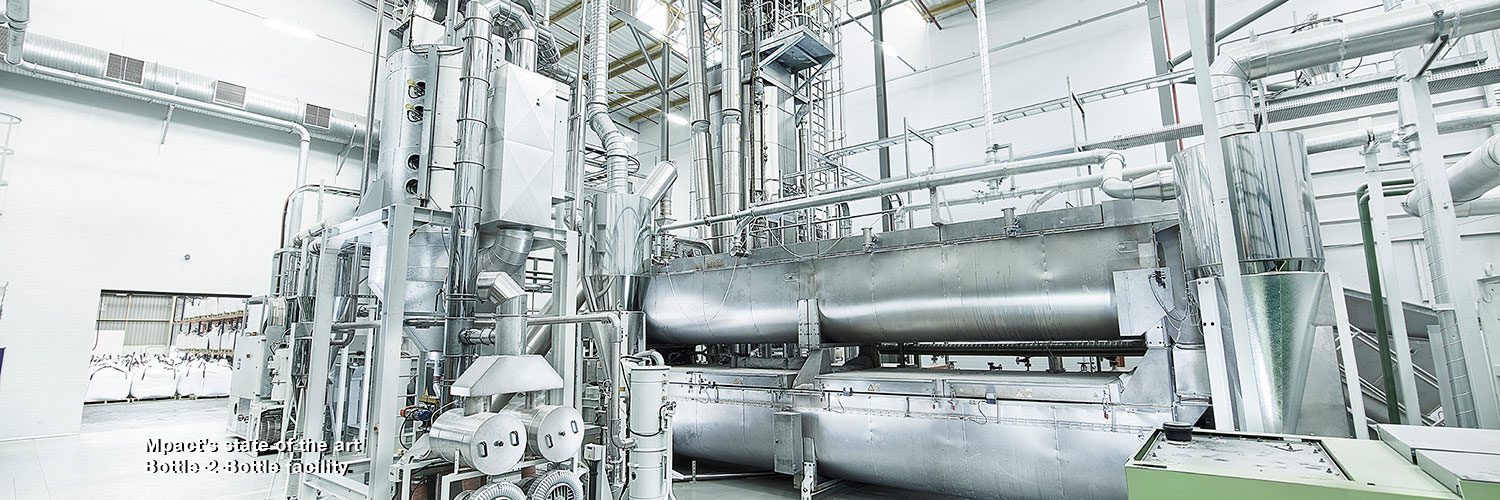In the realm of economics, industries are classified into three main sectors based on the nature of their activities and their level of involvement in the production process. These sectors, known as primary, secondary, and tertiary industries, play distinct roles in the economy and contribute to the overall economic development of a region. By understanding the functions and characteristics of each sector, we can gain insights into the interconnectedness of industries and their impact on economic growth.
Primary Industries:
The primary sector encompasses industries engaged in extracting and harvesting natural resources from the environment. This sector is characterized by activities that involve the utilization of raw materials and natural resources to produce primary goods. Primary industries are essential for the initial stage of production and form the foundation of the economic supply chain.
- Agriculture: Agriculture is a quintessential example of a primary industry that involves the cultivation of crops, raising livestock, and harvesting natural resources from the land. Farmers, ranchers, and agricultural workers are key players in this sector, producing food, fiber, and raw materials for further processing.
- Mining: The mining industry focuses on the extraction of minerals, metals, and ores from the earth’s crust. Mining operations encompass activities such as drilling, blasting, and processing raw materials to obtain valuable resources used in manufacturing and construction.
- Forestry: Forestry involves the management and harvesting of timber and wood products from forests. Forestry workers engage in activities such as logging, tree planting, and sustainable forest management to produce lumber, paper products, and biomass fuels.
Secondary Industries:
The secondary sector comprises industries that transform raw materials obtained from primary production into finished goods through manufacturing and processing activities. Secondary industries add value to raw materials and contribute to the production of consumer goods and industrial products.
- Manufacturing: Manufacturing industries encompass a wide array of activities that involve converting raw materials into finished products through various processes such as assembly, fabrication, and machining. Manufacturers produce goods ranging from automobiles and electronics to textiles and machinery.
- Construction: The construction industry focuses on building infrastructure, residential and commercial structures, and civil engineering projects. Construction companies engage in activities such as site preparation, building construction, and infrastructure development to meet the growing demand for physical structures.
- Utilities: The utilities sector includes industries that provide essential services such as electricity, water, and gas to households, businesses, and communities. Utility companies generate, transmit, and distribute energy and water resources to meet the needs of consumers.
Tertiary Industries:
The tertiary sector, also known as the services sector, encompasses industries that offer intangible services and support activities to consumers and businesses. Tertiary industries play a crucial role in facilitating exchange, communication, and consumption in the economy.
- Retail: The retail industry involves the sale of goods and services to consumers through stores, online platforms, and other distribution channels. Retailers play a vital role in connecting producers with consumers and meeting the diverse demands of the market.
- Finance: The financial services sector provides a range of services related to money management, investment, and risk mitigation. Banks, insurance companies, and investment firms offer financial products such as loans, insurance policies, and investment portfolios to individuals and businesses.
- Hospitality: The hospitality industry comprises businesses that provide accommodation, food, and entertainment services to travelers and tourists. Hotels, restaurants, and travel agencies form part of this sector, offering hospitality services to enhance the travel experience.
Interconnectedness and Economic Dynamics:
The primary, secondary, and tertiary industries are interconnected through complex supply chains and value networks that support economic activities and drive growth. While primary industries provide the foundational raw materials, secondary industries transform these materials into finished goods, and tertiary industries deliver services that cater to consumer needs and preferences.
Understanding the role of each sector in the economic landscape is crucial for policymakers, businesses, and consumers to appreciate the interdependence of industries and leverage strengths for sustainable development. By fostering innovation, promoting synergy among industry sectors, and embracing technological advancements, economies can harness the collective potential of primary, secondary, and tertiary industries to stimulate growth, create employment opportunities, and enhance the overall well-being of society.
The classification of industries into primary, secondary, and tertiary sectors provides a framework for analyzing the diverse activities and functions that drive economic activity and shape the global economy. By recognizing the significance of each sector and their contributions to value creation and wealth generation, stakeholders can navigate the complex dynamics of industries and promote inclusive and sustainable economic development.





